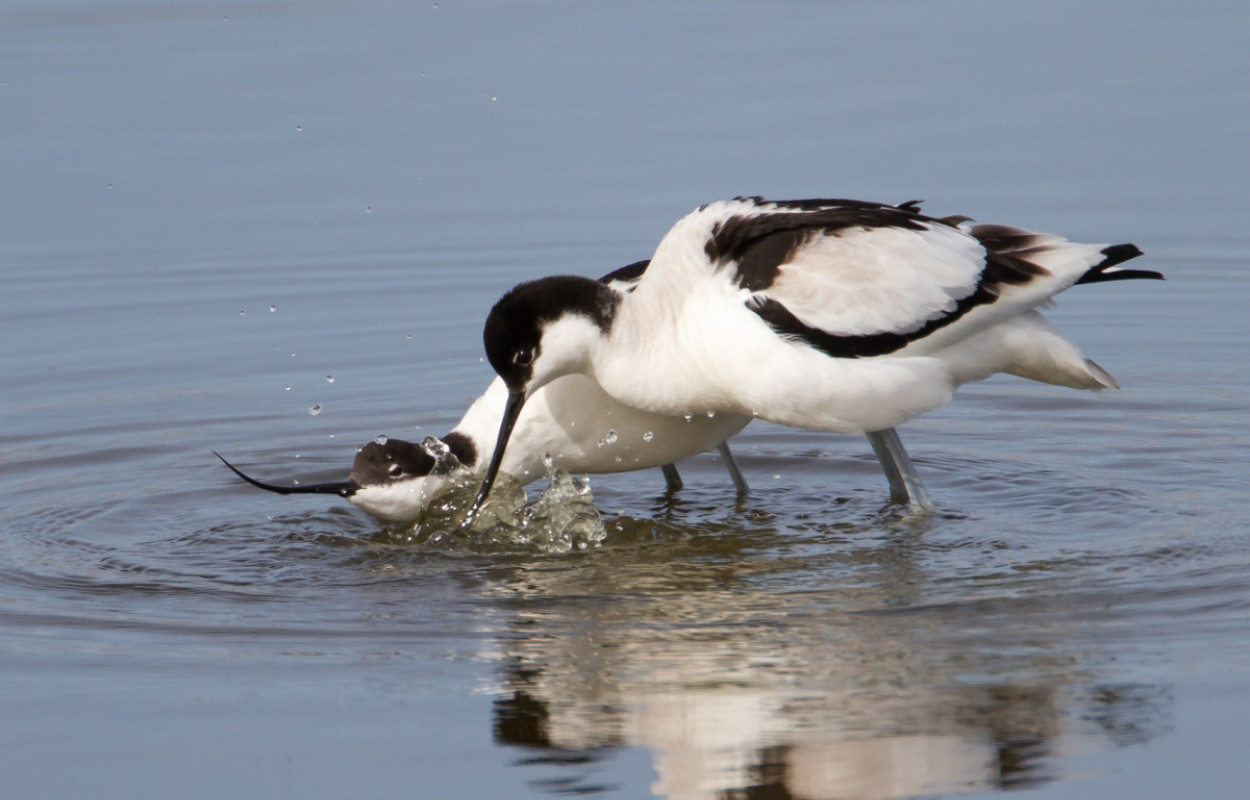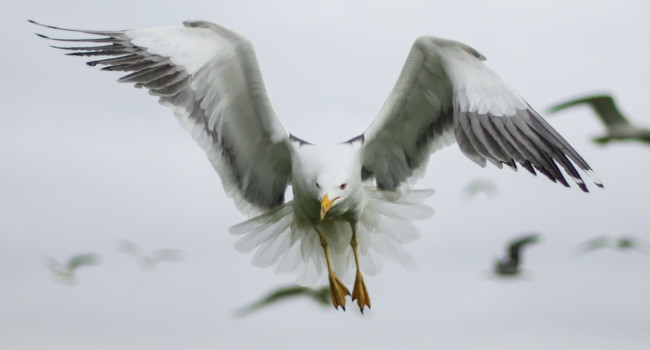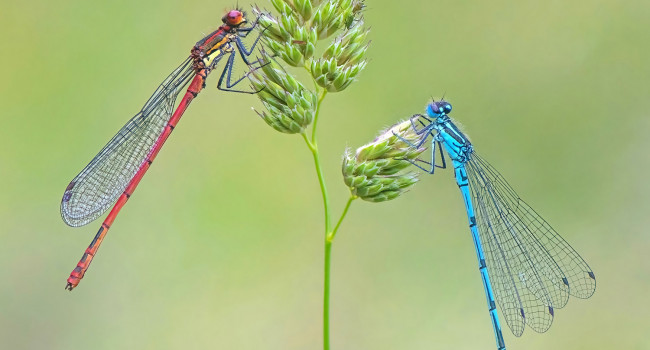Climate change exposure of waterbird species in the African-Eurasian flyways

Author(s): Nagy, S., Breiner, F.T., Anand, M., Butchart, S.H.M., Flörke, M., Fluet-Chouinard, E., Antoine Guisan, A., Hilarides, L., Jones, V.R., Kalyakin, M., Lehner, B., Pearce-Higgins, J.W. & Olga Voltzit, O.
Published: April 2021 Pages: 26pp
Journal: Bird Conservation International
Digital Identifier No. (DOI): 10.1017/S0959270921000150
Abstract
Climate change is a threat to many wildlife species, and waterbirds are no exception. Previous BTO work looking at the effects of climate change on waterbird species has focused on the UK, although work with others has increasingly documented similar changes across northern Europe. This work has found that the distribution of many waterbird species have already changed in recent years, which projections suggest will continue into the future.
However, in order to fully understand the potential impact of climate change on migratory waterbird species, we need to consider impacts across the whole flyway — the flight paths used by birds as they migrate. In the UK, we sit at the edge of the African–Eurasian flyway with many millions of waterbirds migrating across continents as they complete their annual cycle. Using more than one million bird observation records over a period of 26 years, including BirdTrack and WeBS data, an international research team involving BTO has done just that. Looking at 197 migratory waterbird species that are protected by an international treaty — the Agreement on the Conservation of African-Eurasian Migratory Waterbirds (AEWA) — scientists modelled the importance of hydrology and climate in driving the distribution of breeding, migrating and non-breeding populations of waterbirds across the flyway. These models provide the most comprehensive assessment to date of the likely vulnerability of AEWA waterbirds to climate change.
Dispersive species in the tropics such as Chestnut-banded Plover and Greater Flamingo were the most vulnerable species, with 84% projected to suffer climate-driven declines. Although non-breeding distributions of many species were projected to increase through time, for example likely to expand into central Asia, Arctic breeding waterbirds such as Sanderling and Curlew Sandpiper appeared also particularly threatened, facing breeding habitat loss of up to 88%.
In addition to highlighting the value of continuing to protect critical sites for waterbirds, this work suggests that conserving the breeding season habitat of these waterbirds is crucial, particularly by ensuring a joined-up approach across wider sectors, for example managing drainage for agriculture and impacts of forestry on open and wetland habitats. The authors note that the regions predicted to be most affected by climate change are lower income countries, and so concerted efforts by higher income countries to collaborate and provide technical and financial assistance will be key to reducing the impacts of climate change on these waterbirds and other wildlife that depend on the same habitats.







Share this page